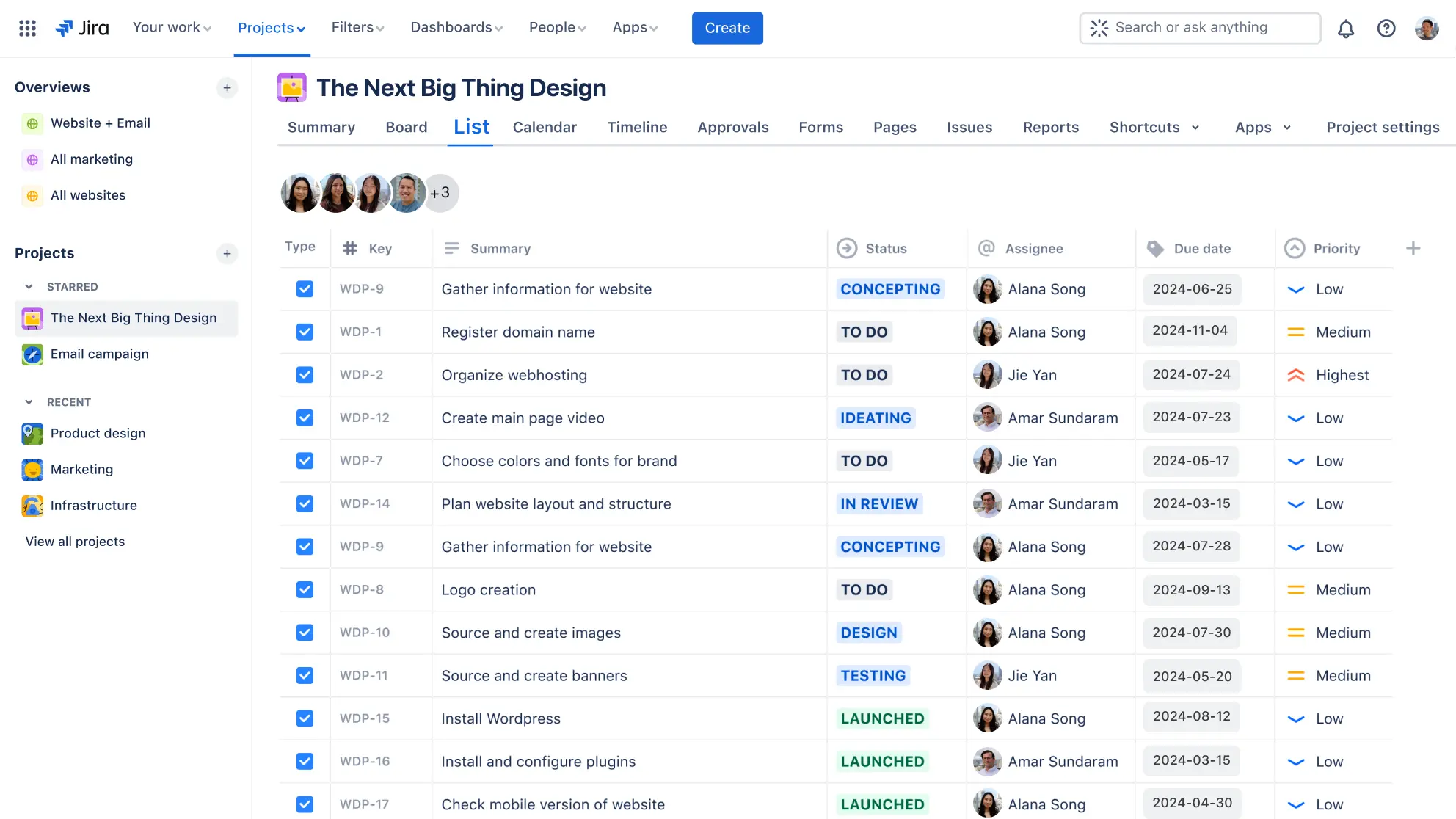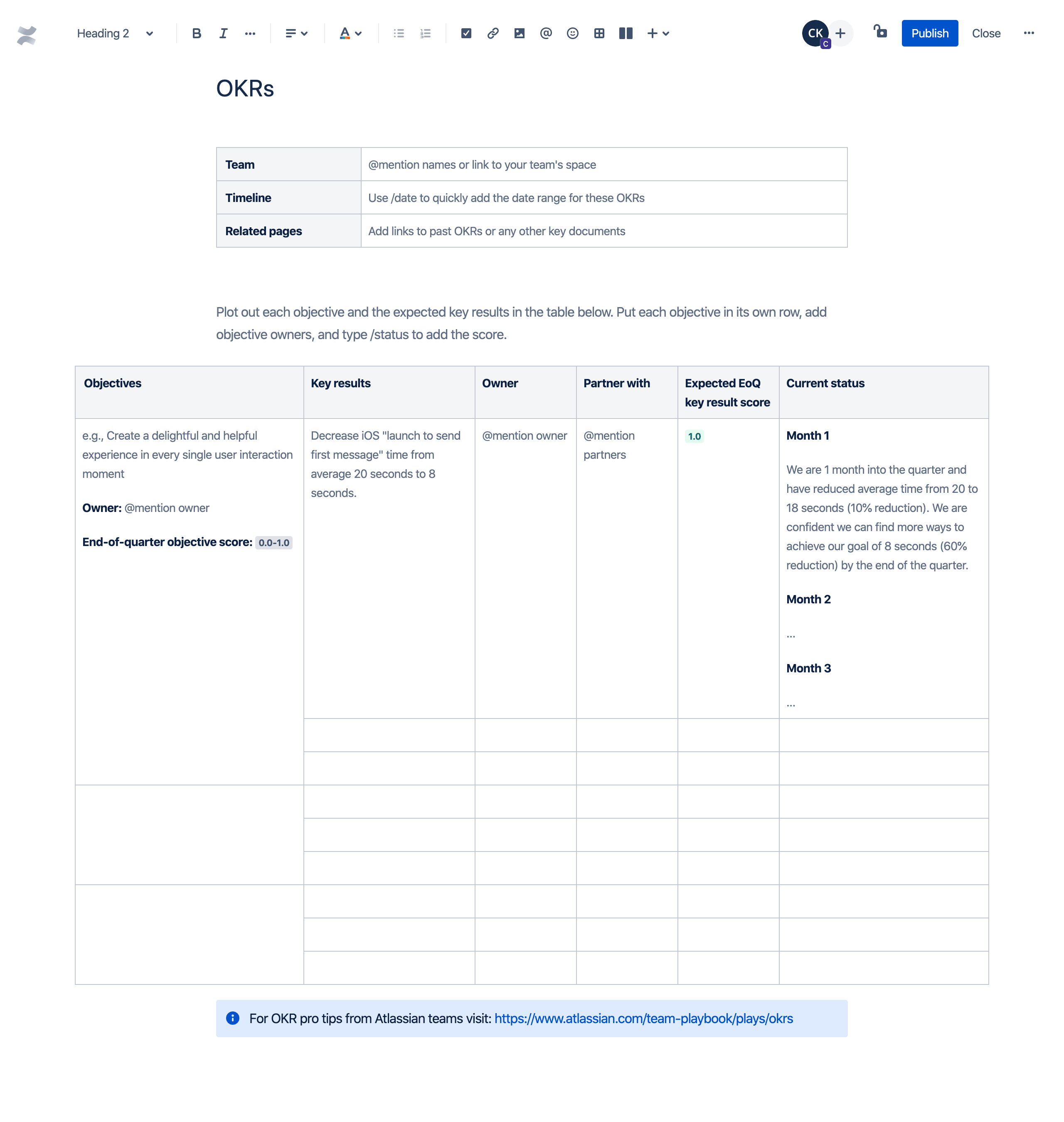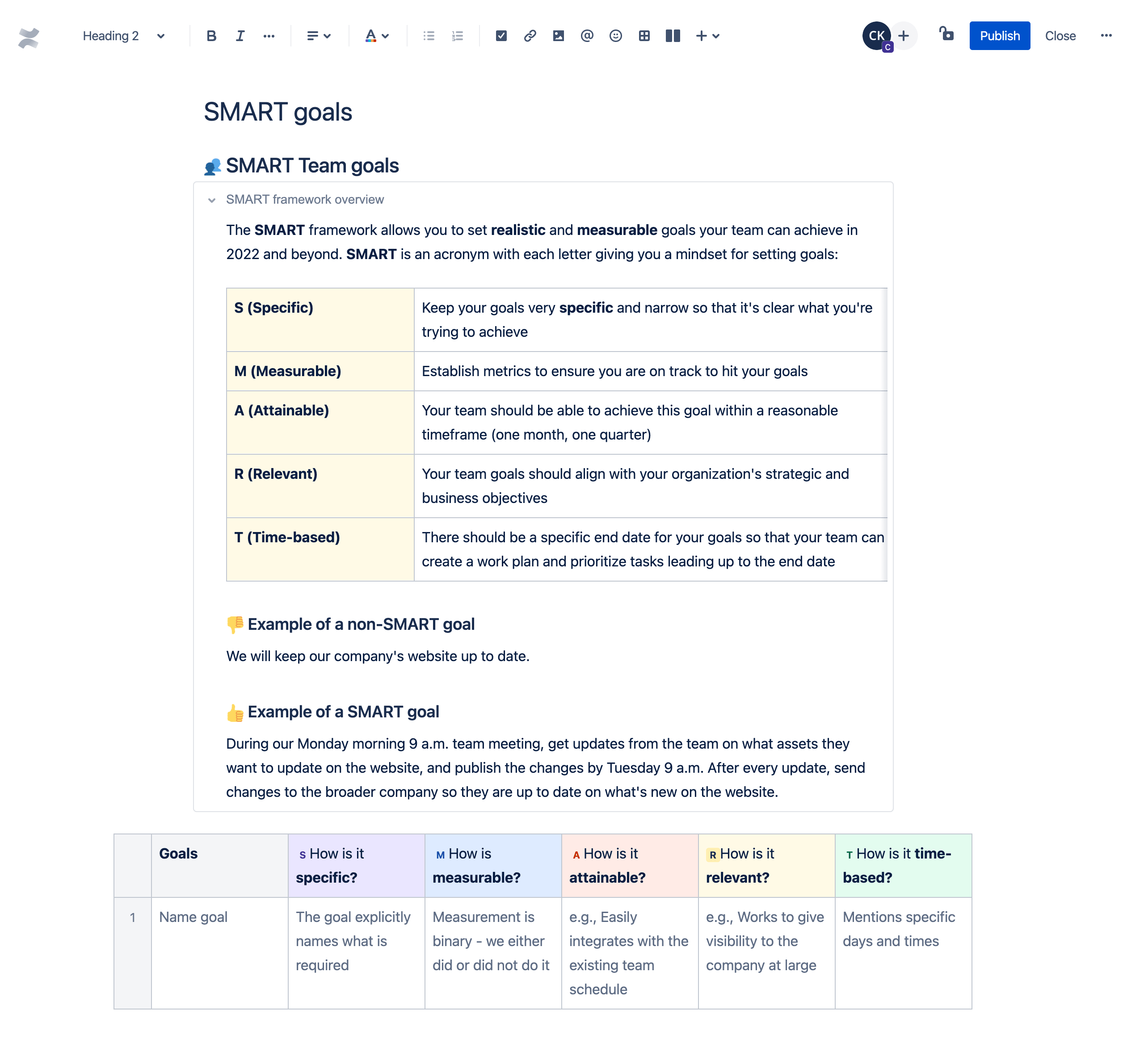Важность согласования и отслеживания целей в управлении проектами
Просмотр тем
Представьте: команда три месяца создавала, как ей казалось, идеальную функцию — и вдруг выяснилось, что она не соответствует новым целям компании. Звучит знакомо?
Такое случается в организациях по всему миру, и именно поэтому согласование целей стало ключевым фактором успешного управления проектами.
Согласование бизнес-целей показывает разницу между эффективными командами и теми, которые занимаются неважной работой. Когда все понимают, как ежедневные задачи связаны с более масштабными целями компании, проекты завершаются вовремя, команды чувствуют себя более мотивированными, а ресурсы используются с максимальной отдачей.
В этом руководстве мы рассмотрим согласование целей, почему оно важно для успеха проекта и как внедрить его в организации.


